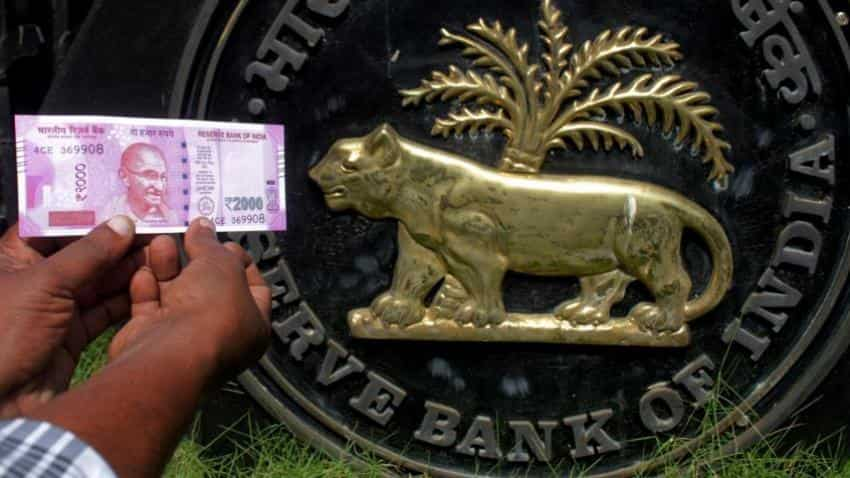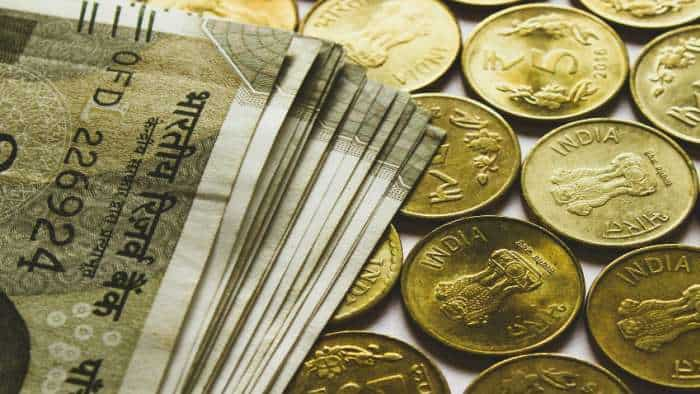RBI raises LCR ratio carve-out from SLR, what it means for banks, consumers
While rates increased across indicators, the central bank also decided to hike the Liquidity Coverage Ratio (LCR) carve-out from Statutory Liquidity Ratio (SLR).

The Reserve Bank of India (RBI) today increased policy repo rate by 25 basis points in the second bi-monthly monetary policy meet of FY19. This is the first hike in repo rate in four years of Narendra Modi government. The repurchase (repo) rate now stands at 6.25% from previous 6%. Consequently, the reverse repo rate stands adjusted to 6 per cent, and the marginal standing facility (MSF) rate and the bank rate to 6.50%. However, while rates increased across indicators, the central bank also decided to hike the Liquidity Coverage Ratio (LCR) carve-out from Statutory Liquidity Ratio (SLR).
RBI in it’s developments page, highlighted that, as per the existing roadmap, scheduled commercial banks have to reach the minimum Liquidity Coverage Ratio (LCR) of 100% by January 1, 2019.
Presently, the assets allowed as Level 1 High Quality Liquid Assets (HQLAs) for the purpose of computing LCR of banks include, inter alia, Government securities in excess of the minimum SLR requirement.
Within the mandatory SLR requirement, Government securities to the extent allowed by RBI under Marginal Standing Facility (MSF) currently stands at 2% of the bank's NDTL and under Facility to Avail Liquidity for Liquidity Coverage Ratio (FALLCR) is at 9% of the bank's NDTL.
RBI said, “ For the purpose of computing LCR, it has been decided that, in addition to the above-mentioned assets, banks will be permitted to reckon as Level 1 HQLAs Government securities held by them upto another 2% of their NDTL under FALLCR within the mandatory SLR requirement. Hence, the total carve-out from SLR available to banks would be 13% of their NDTL.
It added, “ The other prescriptions in respect of LCR remain unchanged.”
LCR refers to highly liquid assets which are held by financial institutions to meet short term obligations.
The LCR promotes short-term resilience of banks to potential liquidity disruptions by ensuring that they have sufficient high quality liquid assets (HQLAs) to survive an acute stress scenario lasting for 30 days.
LCR aims to ensure that a bank maintains an adequate level of unencumbered HQLAs that can be converted into cash to meet its liquidity needs for a 30 calendar day time horizon under a significantly severe liquidity stress scenario specified by supervisors.
At a minimum, the stock of liquid assets should enable the bank to survive until day 30 of the stress scenario, by which time it is assumed that appropriate corrective actions can be taken.
Apart from Cash Reserve Ratio (CRR), banks are needed to hold a certain percentage of NDTL in forms of securities like government bonds, gold, cash, etc.
This certain portion is called as SLR – which is done to ensure banks have enough of funds available to pay back to its customers who may have any immediate requirement to encash their deposits.
In case of lower SLR, banks have higher ability to give credit which means further room for a cut in marginal cost fund based of lending rates (MCLR) making people to opt for more loans for various purpose.
RBI said that liquidity has been at surplus from April to May 2018.
During April, RBI absorbed surplus liquidity of Rs 496 billion on a daily net average basis due to increased government spending, especially in the second half of the month. Reflecting easy liquidity conditions, the weighted average call rate (WACR) softened to 5.89 per cent in April (from 5.96 per cent in March).
However, surplus liquidity in the system moderated considerably in the first half of May and the system moved into deficit in the third week of May mainly due to inflows on account of the goods and services tax (GST).
RBI conducted an open market operation purchase auction on May 17, 2018 to inject liquidity of Rs 100 billion into the system. The system again turned into surplus in the last week of May reflecting mainly the payment of food subsidies.
Surplus liquidity absorbed under the LAF on a daily net average basis declined to Rs 142 billion in May. The WACR in May at 5.88 per cent remained broadly at the April 2018 level.
Get Latest Business News, Stock Market Updates and Videos; Check your tax outgo through Income Tax Calculator and save money through our Personal Finance coverage. Check Business Breaking News Live on Zee Business Twitter and Facebook. Subscribe on YouTube.
RECOMMENDED STORIES

Senior Citizen Latest FD Rates: Know what major banks like SBI, PNB, Canara Bank, HDFC Bank, ICICI Bank are providing on fixed deposits

Gratuity Calculator: Rs 38,000 as last-drawn basic salary, 5 years and 5 months of service; what will be gratuity amount?

Retirement Planning: In how many years your Rs 25K monthly SIP investment will grow to Rs 8.8 cr | See calculations

Top 5 Small Cap Mutual Funds with best SIP returns in 1 year: See how Rs 25,000 monthly investment has grown in each scheme

Top 7 SBI Mutual Funds With Best SIP Returns in 1 Year: Rs 25,000 monthly SIP investment in No.1 fund has jumped to Rs 3,58,404

Top 7 Mid Cap Mutual Funds With up to 41% SIP Returns in 5 Years: No 1 fund has converted Rs 15,000 monthly investment into Rs 23,84,990

SBI 5-Year FD vs MIS: Which can offer higher returns on a Rs 2,00,000 investment over 5 years? See calculations
03:18 PM IST










 RBI cautions public about 'deepfake' video of governor being circulated on social media
RBI cautions public about 'deepfake' video of governor being circulated on social media RBI cancels licence of Vijayawada-based Durga Co-op Urban Bank
RBI cancels licence of Vijayawada-based Durga Co-op Urban Bank  Consumer inflation worsens to 6.21% in October from 5.49% in previous month
Consumer inflation worsens to 6.21% in October from 5.49% in previous month Nearly 98% of Rs 2000 banknotes returned; Rs 6,970 crore worth notes still with public
Nearly 98% of Rs 2000 banknotes returned; Rs 6,970 crore worth notes still with public Fitch affirms IIFL Finance's rating after RBI lifts ban on gold-loan business
Fitch affirms IIFL Finance's rating after RBI lifts ban on gold-loan business